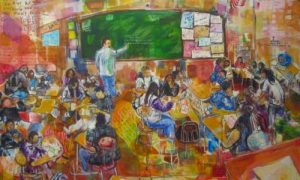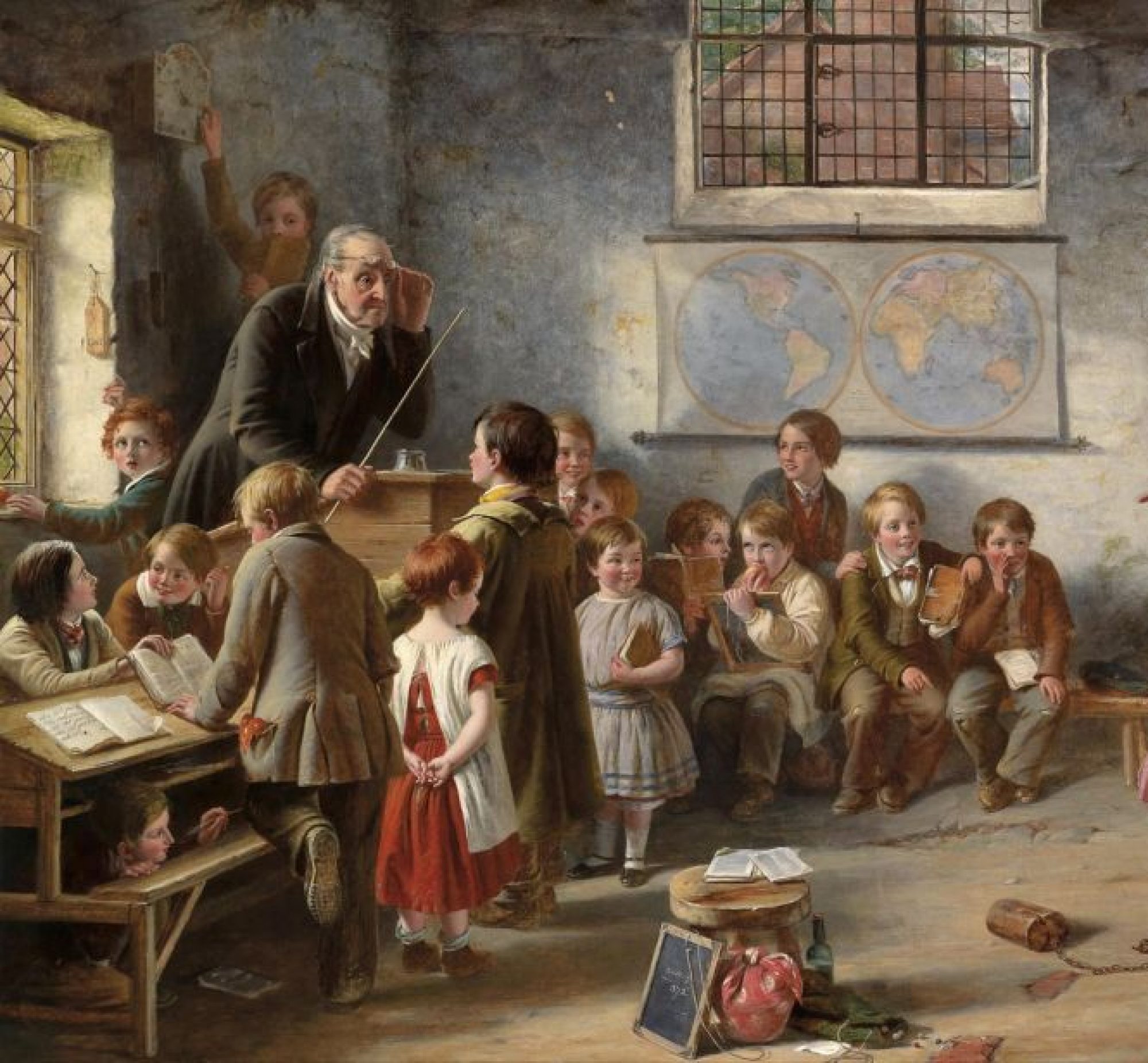Tackle Linguistic Bias in Classrooms – A couple of years ago, I worked in the writing center with a student on a paper about her identity development. She received high marks for content but lost points for writing. As I read her paper, two things struck me. She had grown up in Boston, but her parents were from the Democratic Republic of the Congo.

At home, she spoke Lingala, which she hid from her friends after she was mocked. Second, many of her sentences were indecipherable. She wrote, for example, “I didn’t have an indistinguishable surface hair from different females in my class and they wouldn’t converse with me or simply give me disposition since I didn’t seem as though them.”
After a decade of working in writing centers, I knew to ask, “Did you use the thesaurus to write this?” And she told me that, in an effort to sound academic. She had used the thesaurus for every single sentence in this essay about her own identity development. Teachers had told her not to write like she speaks but to translate her Black vernacular English (BVE) into standard academic English (SAE). I suspect that most of us would feel a flash of rage if we heard the insults slung at her for speaking Lingala. But many of us would also mark her down for writing in BVE. Why?
Learn more about this topic by reading on INSIDE Higher Ed.
After reading “Tackle Linguistic Bias in Classrooms” you can check important issues for ESL teachers on the section PDFs.
